Cost-Effectiveness of Recycled Aluminum
The Recycled Aluminum Market benefits from the cost-effectiveness associated with using recycled materials. The production of recycled aluminum is generally less expensive than that of primary aluminum, primarily due to lower energy requirements and reduced raw material costs. This economic advantage is particularly appealing to manufacturers, as it allows them to maintain competitive pricing while adhering to sustainability practices. Furthermore, the recycling process itself is less resource-intensive, which can lead to significant savings in operational costs. As industries increasingly prioritize cost efficiency alongside environmental responsibility, the Recycled Aluminum Market is likely to see continued growth driven by this cost-effective nature of recycled aluminum.
Rising Awareness of Environmental Impact
The Recycled Aluminum Market is witnessing a rise in awareness regarding the environmental impact of materials used in production. As consumers become more informed about the ecological consequences of their choices, there is a growing preference for products made from recycled materials. This trend is particularly evident in sectors such as packaging, automotive, and construction, where the use of recycled aluminum is being actively promoted. The environmental benefits of recycled aluminum, including reduced energy consumption and lower emissions, resonate with consumers' values. Consequently, this heightened awareness is likely to propel the Recycled Aluminum Market forward, as manufacturers respond to the demand for more sustainable product options.
Regulatory Frameworks Promoting Recycling
The Recycled Aluminum Market is significantly influenced by regulatory frameworks that promote recycling initiatives. Governments worldwide are implementing policies aimed at reducing waste and encouraging the use of recycled materials. These regulations often include incentives for companies that utilize recycled aluminum in their products, as well as penalties for excessive waste generation. Such frameworks not only foster a more sustainable approach to manufacturing but also create a favorable environment for the growth of the Recycled Aluminum Market. As regulations become more stringent, companies are increasingly motivated to incorporate recycled aluminum into their supply chains, thereby driving market expansion.
Increasing Demand for Sustainable Materials
The Recycled Aluminum Market is experiencing a notable surge in demand for sustainable materials. As consumers and businesses alike become more environmentally conscious, the preference for recycled aluminum over virgin aluminum is growing. This shift is driven by the material's lower carbon footprint and energy consumption during production. In fact, producing recycled aluminum requires approximately 95% less energy compared to primary aluminum. This energy efficiency not only reduces greenhouse gas emissions but also aligns with the sustainability goals of various industries, including automotive and construction. Consequently, the increasing demand for sustainable materials is propelling the growth of the Recycled Aluminum Market, as manufacturers seek to meet the expectations of eco-aware consumers.
Technological Innovations in Recycling Processes
Technological advancements in recycling processes are playing a crucial role in the Recycled Aluminum Market. Innovations such as improved sorting technologies and automated recycling systems enhance the efficiency and effectiveness of aluminum recycling. These advancements not only increase the recovery rates of aluminum from scrap but also improve the quality of the recycled material. For instance, advanced sorting technologies can separate aluminum from other materials with greater precision, leading to higher purity levels in the final product. As these technologies continue to evolve, they are expected to further streamline operations within the Recycled Aluminum Market, making recycling more attractive to manufacturers and consumers alike.


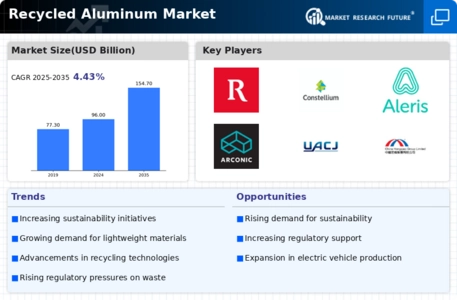
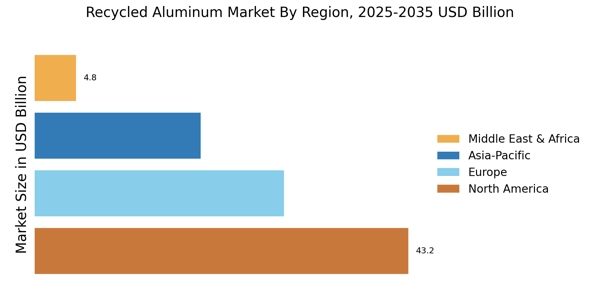

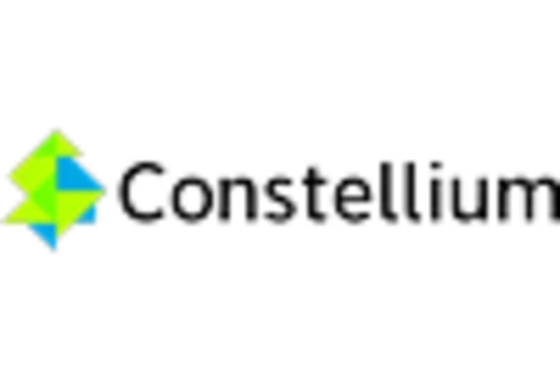
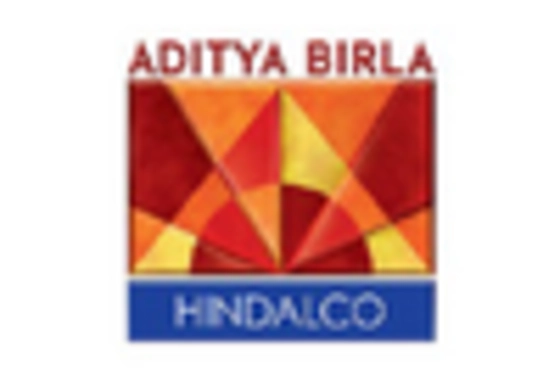
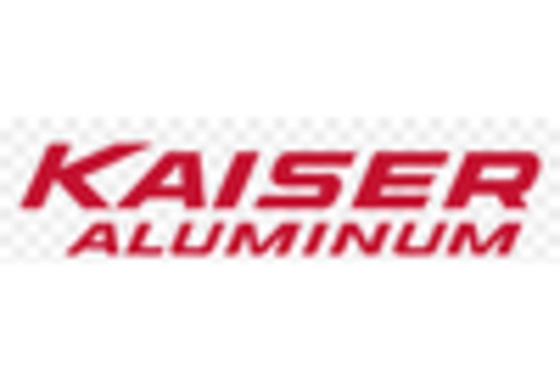
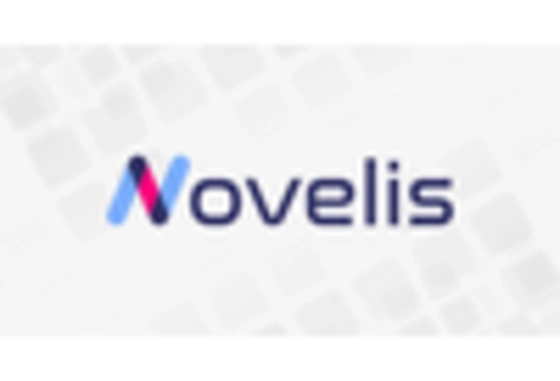
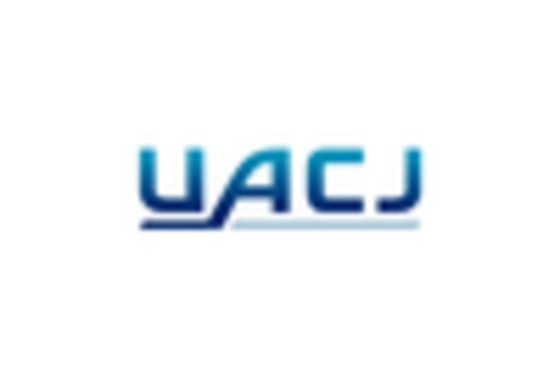








Leave a Comment